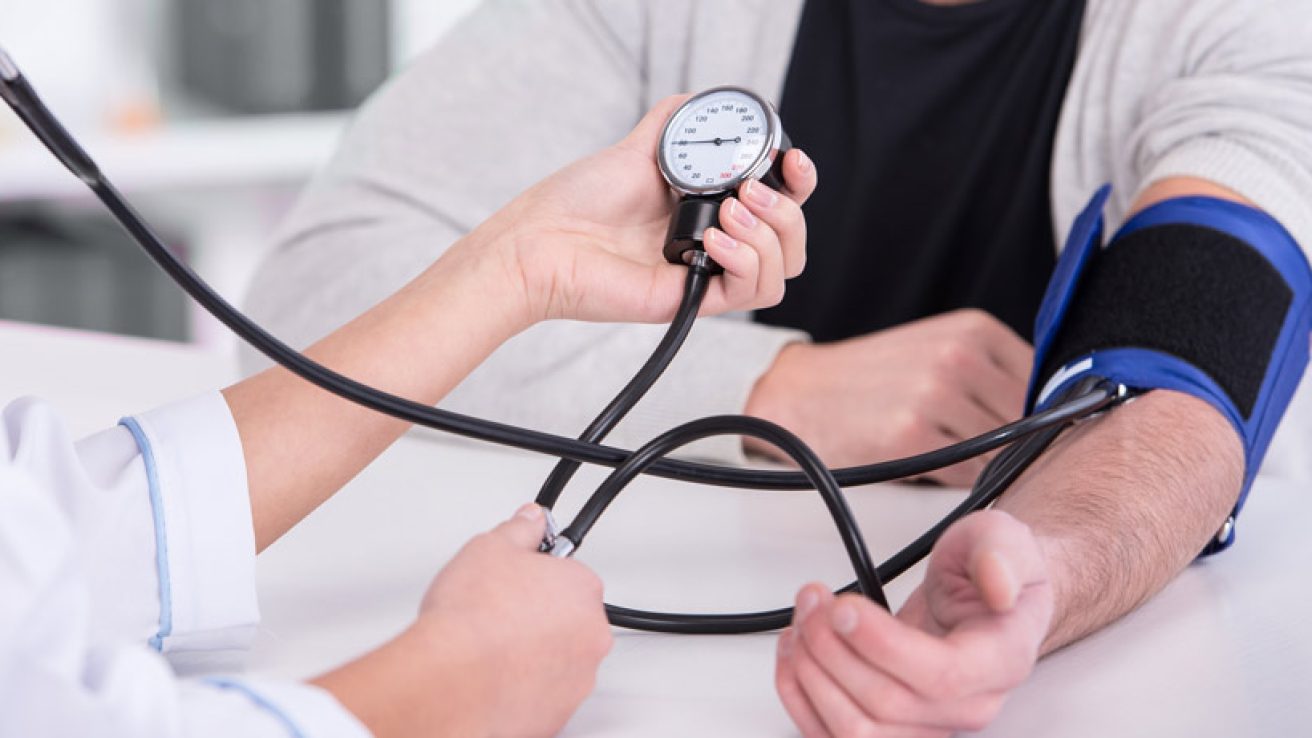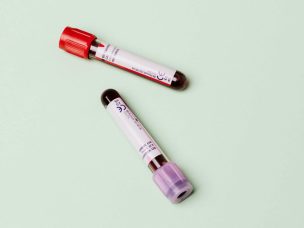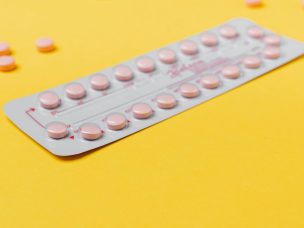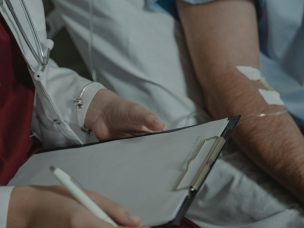MONDAY, Aug. 31, 2020 (HealthDay News) — Among adults with uncontrolled blood pressure, fewer cardiovascular events and lower costs were observed at five years with a pharmacist-led telemonitoring program, but the differences were not statistically significant compared with usual care, according to a study published online Aug. 31 in Hypertension.
Karen L. Margolis, M.D., M.P.H., from the HealthPartners Institute in Minneapolis, and colleagues reported cardiovascular events and costs during five years of follow-up for the previously published Hyperlink trial, in which participants were randomly assigned to either a pharmacist-managed telemonitoring intervention (TI) group (228 patients) or a usual care (UC) group (222 patients).
The researchers found that the incidence rates of the cardiovascular composite end point were 4.4 and 8.6 percent in the TI and UC groups, respectively (odds ratio, 0.49; 95 percent confidence interval, 0.21 to 1.13; P = 0.09). Including coronary revascularizations, the incidence rates of the secondary cardiovascular composite end point were 5.3 and 10.4 percent, respectively (odds ratio, 0.48; 95 percent confidence interval, 0.22 to 1.08; P = 0.08). The difference in events exceeded predictions based on observed blood pressure. Per patient, intervention costs were $1,511. Over five years, the estimated event costs were $758,000 and $1,538,000 in the TI and UC groups, respectively, for a return on investment of 126 percent and about $1,900 net cost savings per patient.
“The findings were just short of statistical significance,” Margolis said in a statement, “meaning they could have been due to chance. However, we were surprised that the figures on serious cardiovascular events pointed so strongly to a benefit of the telemonitoring intervention.”
Two authors disclosed financial ties to the medical device industry.
Abstract/Full Text (subscription or payment may be required)










